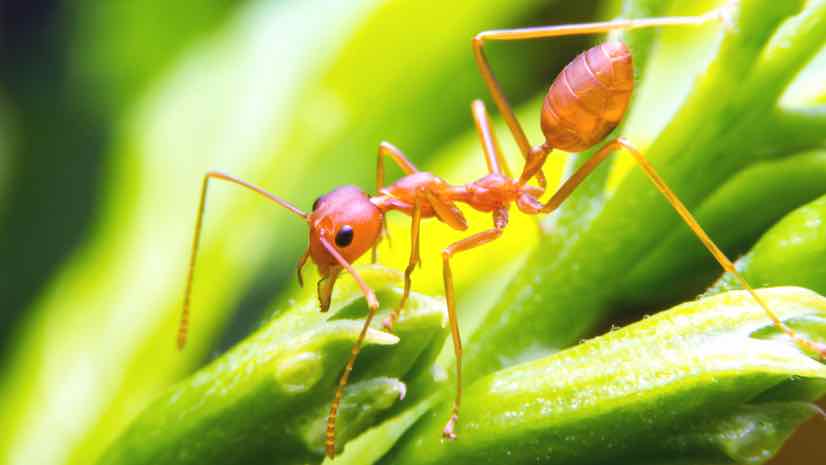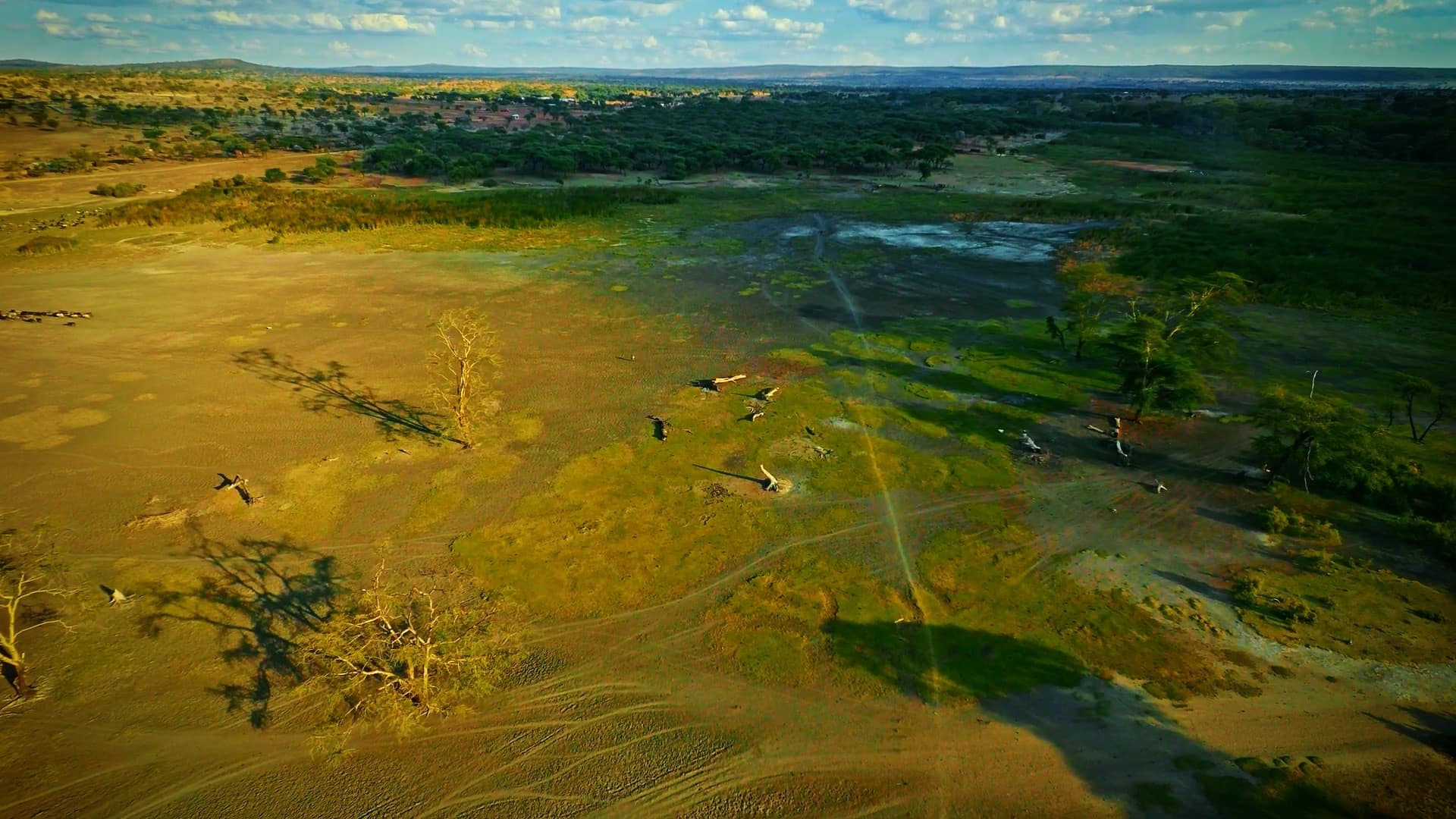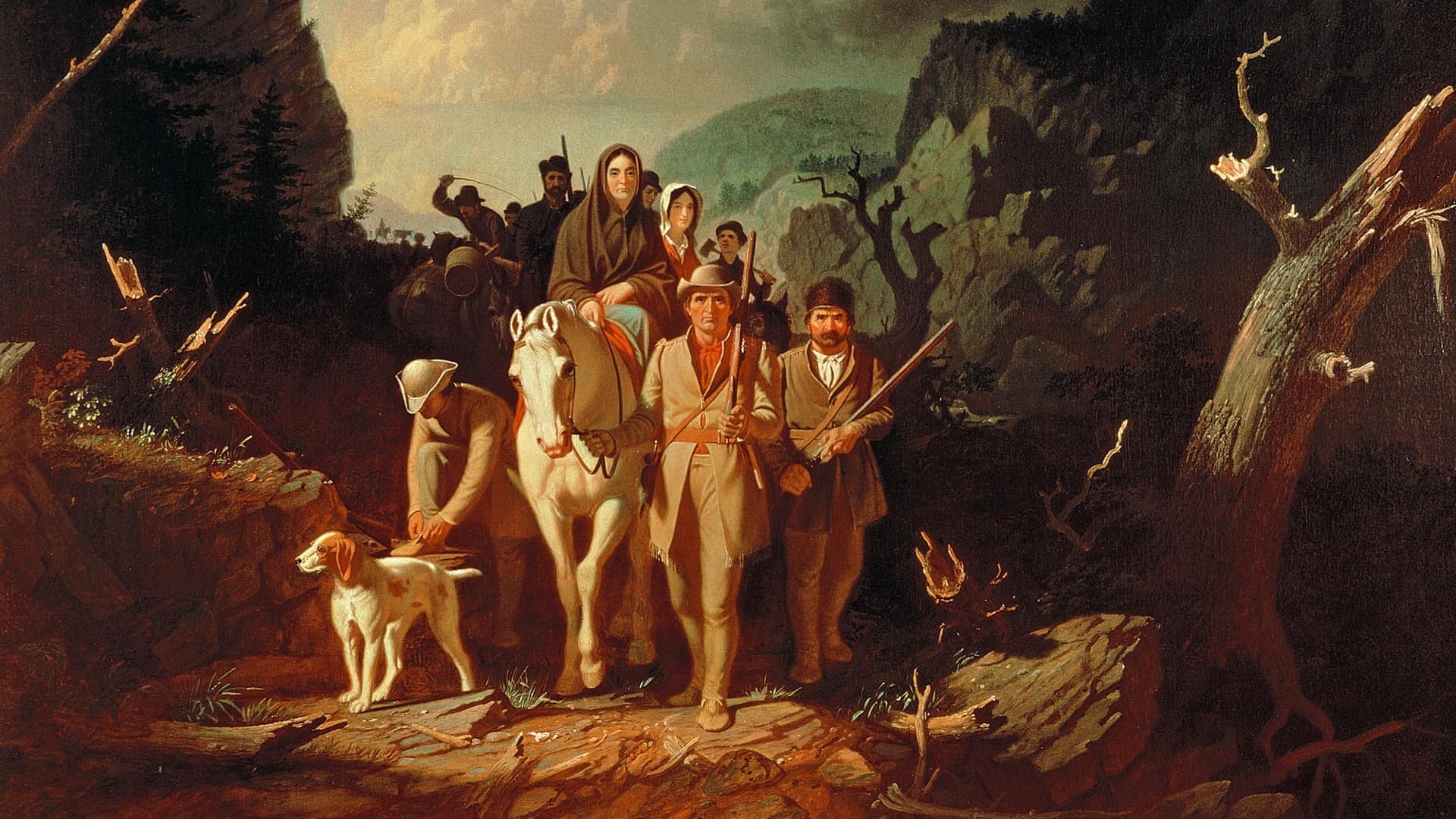

July 26, 2019

A conversation with Dr. Edward Osborne (E. O.) Wilson, the American biologist, naturalist, and author—often called the “father of biodiversity”—who proposes conserving half of the Earth’s land and sea for biodiversity to reverse the extinction crisis and ensure the health of the planet. He emphasizes that, in order to determine where we have the best opportunity to protect the most species, we must catalog the species of our planet.
E. O. Wilson’s study of ants began when he was a small boy. He went on regular expeditions, closely observing the makeup and behavior of ant colonies. This close-in view provided a foundation that later lead him to multiple discoveries.
In addition to coining the term biodiversity, he imagined and articulated sociobiology as a global theory of animal social behavior and collaborated on the theory of island biogeography. He is also celebrated as a communicator, having won two Pulitzer Prizes for his nonfiction work as well as being a New York Times bestselling author for three of his books.
The Half-Earth Project stems from his book that states that the solution to the biodiversity extinction crisis facing our planet requires bold action. He argues that if we manage half of the planet for biodiversity, we could preserve more than 85 percent of the world’s species.
We sat down with Professor Wilson to discuss his observations and scientific discoveries, as well as his advocacy on behalf of small creatures that others can’t see.
This interview has been edited and condensed.

How did your loss of an eye at a very young age impact your world view?
When I lost my right eye, it left me with 20/10 vision in my left eye, which was unusually acute for very small objects. So, as a boy, I tended to look at, collect, and learn about things that other people found rather hard to see. It also left me with a disability, as it was my only eye and I had to be very careful of it.
It led me into entomology, the study of insects. I loved getting into nature and spending whole days outdoors. I think we’re all predisposed to do something, and all of this predisposed me to having a career in entomology and biodiversity studies.
At what point did you focus on ants, and what cemented your interest?
The National Geographic Society magazine had a major influence on me. At the age of 13, I was in Mobile, Alabama, dreaming of going on expeditions and collecting strange animals. After reading an article about ants, I decided to do that on a minor local scale and set out to find and identify every kind of ant in an overgrown and abandoned vacant lot next to my house.
I surveyed every square inch of that lot and one of the four ants that I found occupied a mound with thousands of stinging ants. This was the first imported fire ant, most likely brought by cargo accidentally from Argentina or Europe. This ant was beginning to spread throughout town and become a household pest. When I was a senior in high school, I decided to make ants my special object of interest.
By the time I was in college, I was an ant expert. I became known thanks to a reporter on the Mobile Press-Register who interviewed me because the fire ant was becoming a real story. That exposure caused the Alabama Department of Conservation to hire me to conduct a study of the fire ant and make a report to the state about how it was unusual, the kind of damage it was doing, and how fast it was spreading. My report to the State of Alabama is still on their shelves.
Were you always a strong cataloger of all the animals you encountered?
We moved for a year to a little town called Brewton, Alabama, not far from Mobile when I was 15. I was very happy in that small town where I spent most of my time becoming an Eagle Scout and hunting snakes. My God, it had a snake population! I estimate that there were as many as 32 different kinds of snakes in that area, and I just loved going into the swamps and along the streams and just observing, hunting, and collecting.
It was at that time that I decided to be a naturalist. I would wish that kind of an episode upon every child, a chance to live in the woods and explore. Nobody knew all of the things in those woods, there wasn’t a field guide or a state park with exhibitions of all of the different kinds of animals. I found them all myself in a completely wild area.
Do you think that early exploration, piecing it all together, contributed to your understanding of biodiversity?
No, that came much later. I edited a government-sponsored report by the National Research Council that had foreseen an increase in extinctions. I later got involved in a conference organized by the Smithsonian Institution and the National Academy of Sciences devoted to biological diversity.
My interest in the variety of organisms, and a growing urgency due to the loss of this diversity, led me to write a book, The Diversity of Life. It was a lot more theoretical, interpretive, and literary, and biodiversity was born as a subject.
When did you become an advocate for conservation?
At some point, in the early 1950s, the Department of Agriculture decided that maybe it should be doing something about the fire ant on a big scale. There was a plan set up which was to spray a large part of the southeastern United States to get rid of it in one stroke. I thought it was a terrible idea, but there was no way of my stopping it.
However, a lady in Maine named Rachel Carson was mortified and terribly upset. She started to write a book, which came to be known as Silent Spring. She found my work on fire ants, and we corresponded a bit. That led her to someone that was doing research on the impact of insecticides, which helped her a lot.
When Silent Spring came out, it really caught the attention of a lot of people and marked the dawn of the environmental movement in the United States. It caused a lot of improvements on how we manage the environment, and it killed the spraying program. I lay claim, with tongue-in-check, that the ants I found in that abandoned lot in Mobile, Alabama, led to the environmental era.
How has geography played a role in your work?
I had gone to the Pacific Islands—New Guinea, New Caledonia, Vanuatu—in the early 1950s to study ants on these islands. During my studies, I discovered that there is a very strict relationship between the area of an island and the number of ants living on it, it makes a very nice curve.
I showed my findings to my counterpart at Princeton, Robert MacArthur, and together we worked out a theory of island biogeography, which had a big impact on ecology and conservation biology because it could be transferred to parks. The bigger the park, the more species can live there in a stable ecosystem. We found that if you reduce an island by 90 percent, you would still have half the species.
Later, I estimated that if you left half of the natural environment, 85 percent of the species would survive. That led to my book Half-Earth. A big part of conservation, and of saving biodiversity generally, is going to depend upon this biogeography principle.
How important are maps in conveying this concept, and advocating for this change?
Maps are vital. We’re not going to persuade anybody to seriously preserve half the Earth without mapping. We need to create maps in order to have a plan of action.
We’ll have to piece together the different habitats, a strip along the river here, and a patch of elevated scrub forest there. These things have to be mapped exactly.
For the other side of the picture, what species will be saved, we need careful studies of what’s in these reserves to know what we’re saving. That information will help us save the most important parts.
Esri-level mapping will show which half of the Earth to preserve with minimum disturbance and maximum benefit—that’s the key element.


